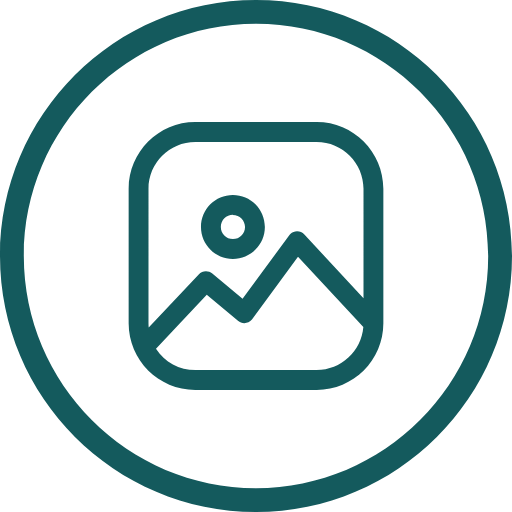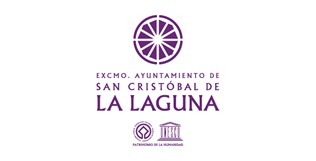CS#4 - Alternative water management solutions in Spanish Archipelagos - Tenerife
This case study is also available in Spanish.
This case study consists of a Demonstrator Site and a Follower Site.
DS#4 - Tenerife (Spain)

The case study in 5 minutes

Quote


Location
The demonstration site in the Canary Islands, specifically in Tenerife, Gran Canaria, and Fuerteventura. The islands are in the biogeographical region Macaronesia. The activities are located in three separate sites and at each site different NBS will be implemented. The sites have the following characteristics:
• Tenerife (DS#4TEN): urban

Description of the area
The Canary Islands are an outermost European region located in the Atlantic Ocean, 1400 km from the European mainland, with a Subtropical climate.
The Canary Islands, a highly touristic territory with a population of 2 million people spread across its 8 islands, face unique challenges when it comes to resources management. These volcanic islands heavily rely on their aquifers and desalination of seawater to meet their freshwater needs due to their limited natural water sources. With such high demand, the availability of land for infrastructure development is a constant challenge. As a result, the growing necessity for green infrastructure and sustainable urban planning is becoming increasingly evident in this region.

Climatic Challenges


Planned activities
Implementing NBS successfully to achieve the following improvements on each island:
In Tenerife (DS#4TEN): Enhance the city's response to runoff and reducing flood risk. Enhancing the biodiversity potential amenity of the location through the creation of the Floodable Park of La Vega.

Progress
In the Canary Islands, nature-based solutions (NBS) are being used to address the risks and challenges of each study area, as they are territories with different climatic, topographical and socio-economic characteristics. One of the first steps of the project has focused on the progressive updating of a Data Inventory, collecting historical data for all the case studies.
In Tenerife, a joint action is being developed with Public Authorities to create an urban wetland in the La Laguna area. The restoration of the wetland has important environmental and sustainable water management values, as the natural drainage systems will reduce the impact of possible future flooding in the area. In addition, this action has important heritage and identity contributions by recovering the wetland that gave its name to the city “The Lagoon” where it is located. Currently, progress is being made in the development of hydrological and hydrodynamic models with application of the NBS for current scenarios and for climate change scenarios.
- Pilot site identification: Potential locations suitable for implementation of constructed wetlands to treat wastewater from small settlements and livestock facilities were identified and shortlisted.
- Site visits and stakeholder engagement: During these visits, water samples were collected, and preliminary meetings were held with local stakeholders to introduce the project, gather initial information, and assess baseline environmental and technical conditions.

Ambition
Ambition during the project
Implement a novel approach to flood management in endorreic areas using flooding parks as an effective measure, addressing both surface water flooding and groundwater inundation.
Gran Canaria
Ambition after the project
The Floodable Park will remain operational for La Laguna municipality. Elaboration of Best Practices guidelines and organisation of a wide dissemination to achieve replicability within the island.
Gran Canaria

Questions
Ever wondered how nature can help us tackle climate change? NBS are “Solutions inspired and supported by nature, which are cost-effective, simultaneously provide environmental, social and economic benefits and help build resilience.” European Commission, 2015.
Regarding biodiversity, few ponds (dams) are shallow and allowing vegetation to develop, but most of them are too deep to welcome a rich biodiversity, making them less interesting than very small ponds disconnected from watercourses.
Constructed wetlands treat wastewater using natural processes, offering both treatment efficiency and resilience to hydrological hazard.
They involve complex interaction between water, soil, plants, micro-organisms and the atmosphere. With proper design and management, they offer simple operation tasks, making them cost-effective for small municipalities.

Gallery





Involved partners







